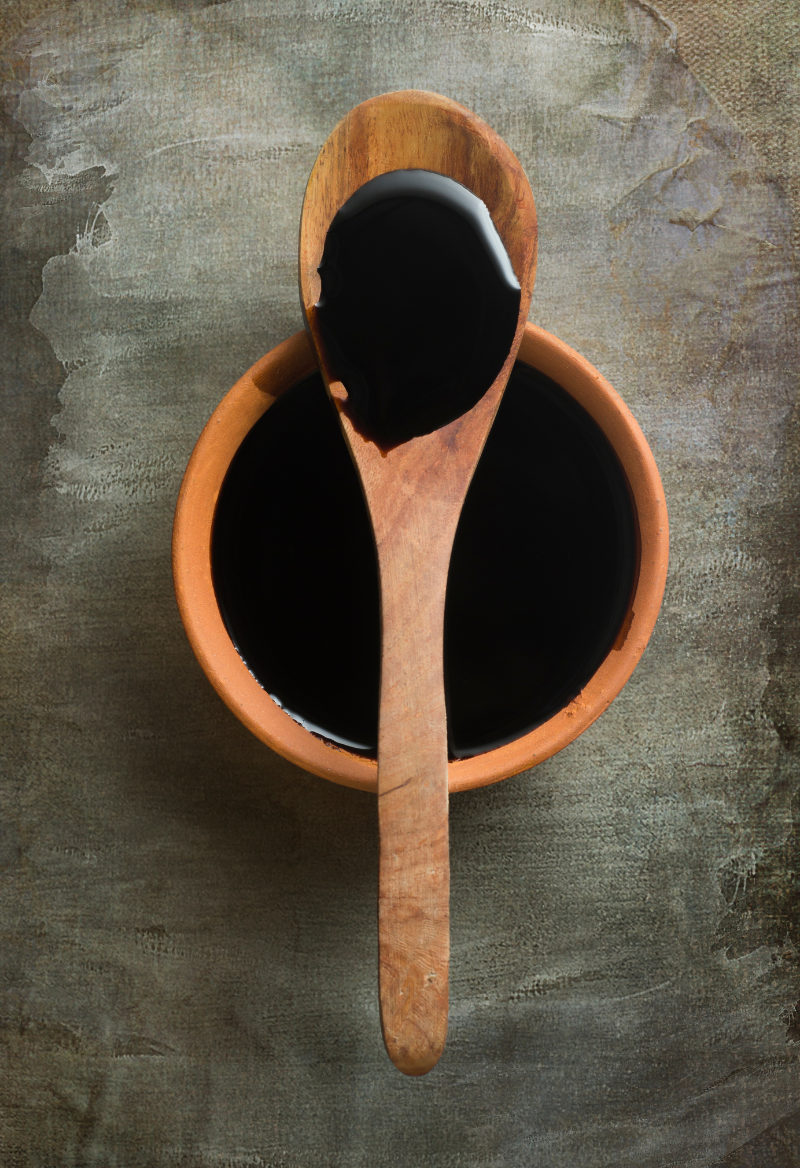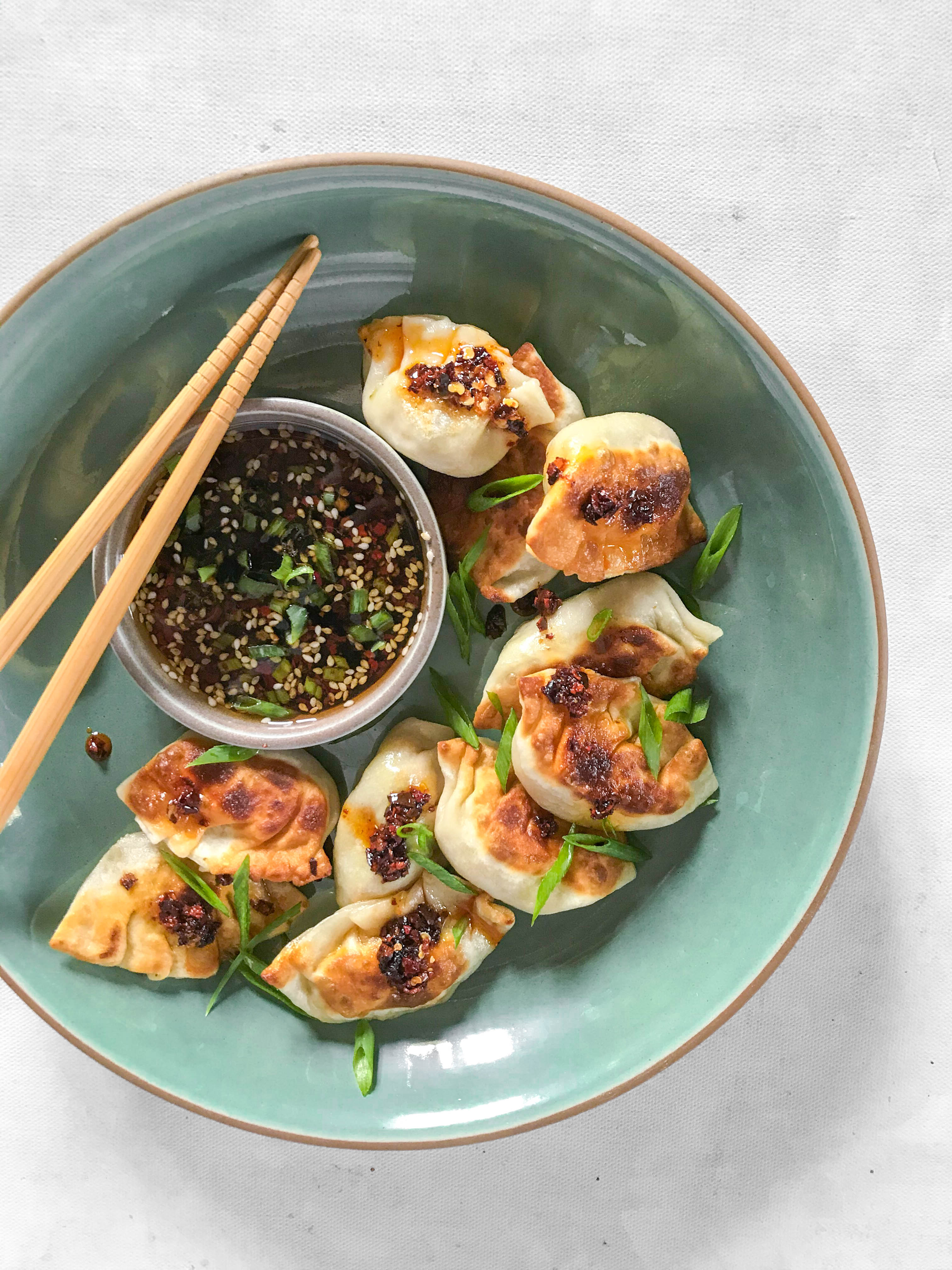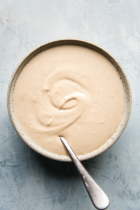This story is a part of the Sprig & Vine Pantry, a glossary breaking down some of our favourite ingredients: what they are, where you can find them, and how to use them.

Aah, soy sauce. That familiar salty dark liquid that childhood Chindian (Chinese + Indian) food dreams are made of. Growing up, this is a condiment we’ve all been familiar with. These days, you might associate it with more than Chinese cooking: as a dipping sauce for sushi, or as something you require for Thai, Vietnamese, and other Asian cooking in general. There’s nothing quite like it, and it’s become pretty much a pantry staple in modern kitchens these days.
What is it?
In simplest terms, soy sauce is a fermented seasoning made from soybeans, wheat, water, and salt. It’s used as a seasoning, a flavour and colour enhancer, and to add complex umami flavours to a dish.
Where it comes from:
Soy sauce has centuries (over 2500 years) of history and skill attached to it. Originating in China and then making it’s way to Japan, where soy producers have been honing their skill for generations. Take a look at the “Salt” episode of Netflix special Salt, Fat, Acid, Heat based on Samin Nosrat’s book of the same name. In this episode, Samin travels to Japan where she visits a fifth generation soy producer Yasuo Yamamoto to learn how to make soy the traditional Japanese way.
Good quality soy provides umami flavour bombs, and can also lend a rich caramel-like complexity to any dish that it is added to. And while we typically think of ‘soy sauce’ as a singular condiment, in the world of soy there’s a lot of variation.
All the types you need to know:
Chinese / Japanese
While soy sauce types vary across regions of Thailand, Indonesia, Korea, Philippines, etc., the two main varieties are Chinese and Japanese soy.
Chinese soy sauce is thicker and darker than Japanese soy, with sweeter tasting notes. Within Chinese-origin soy too, there are two kinds – light and dark (more on that below). Japanese soy, on the other hand, is saltier and thinner in consistency than the Chinese counterpart.
Light / Dark Soy
Light soy is thinner, and lighter in colour. The highest quality soy sauce is light soy that says “first draw” – meaning the soybeans have been fermented for the first time, akin to what cold-press extra virgin olive oil is in the olive oil world. The second and third press is known as gold label, and silver label.
Dark soy usually contains molasses or sugar that makes it sweeter, darker, and thicker. It’s used to enhance colour and impart full-bodied flavour to dishes. Shake a bottle of soy sauce and you’ll immediately be able to tell the difference – the darker one will coat the bottle!
Other variations
- Thai soy has a sweeter flavour profile, but can be used interchangeably with Chinese dark soy + some brown sugar.
- White soy or shiro shoyu is a really light traditional Japanese soy sauce that is typically used in dishes where you don’t want the soy to impact the colour of the dish, and has applications in fine dining
- Tamari is a Japanese soy sauce that is fermented without wheat, which means it’s gluten-free
Bonus: Liquid aminos. Though not soy, it has a similar umami flavour that people with soy intolerances or allergies can opt for instead.
What to look for:
At first look, the sheer variations of sauce soy sauce available these days might be overwhelming, but a few indicators of good quality are in the label itself. Look for “naturally brewed” soy sauce, which means it is made through a natural fermentation process that is traditional to soy sauce. Anything else means it is chemically produced without the proper ageing period.
Another thing to look at is the ingredient list – preservatives, artificial colouring, or MSG means it’s a no go.
It’s best to buy soy in smaller bottles because a little goes a long way, and it tends to oxidise when exposed to air. Even though soy can easily be stored in a cool dark place after opening, lengthen the shelf life by storing it in the refrigerator.

How to use soy sauce:
Soy sauce is used in stir-fries, curries, noodle dishes, dumplings, soups, broths, salad dressings and more. Apart from its application in dishes within the Asian tradition, it’s also used for barbecues, sauces, marinades, braises, etc.
As a thumb rule, opt for Chinese soy when cooking Chinese or Taiwanese dishes, and Japanese soy for Japanese cuisine. Unless a recipe specifies, the most commonly used soy is in fact light soy sauce.
Add soy sauce to stir-fries, curries, and noodle dishes, of course. But also whisk it into salad dressing for a deep umami flavour (and skip the salt). Layer saltiness in a broth with a tiny splash. Use it in a marinade before something goes into the oven to roast. Sometimes even the smallest bit can make a world of difference in rounding out the flavours of a dish!
Click here for more recipes using soy sauce, and here to purchase our pantry essentials and favourite brands.


